Understanding the **’segments’ on a dartboard** is crucial for improving your game and knowing where to aim; essentially, the board is divided into numbered sections, each offering different point values. This article will explore the anatomy of a dartboard, dissecting each segment, its value, and how strategic aiming can significantly impact your score.
⚠️ Still Using Pen & Paper (or a Chalkboard)?! ⚠️
Step into the future! The Dart Counter App handles all the scoring, suggests checkouts, and tracks your stats automatically. It's easier than you think!
Try the Smart Dart Counter App FREE!Ready for an upgrade? Click above!
Explaining ‘Segments’ on a Dartboard: A Comprehensive Guide
The standard dartboard is a carefully designed target, intended to test accuracy and strategy. Far from being a random collection of numbers, each segment and its associated score play a pivotal role in the game. Explaining ‘segments’ on a dartboard involves understanding their specific arrangement and point values, and how they contribute to different game strategies. Let’s delve into the details.
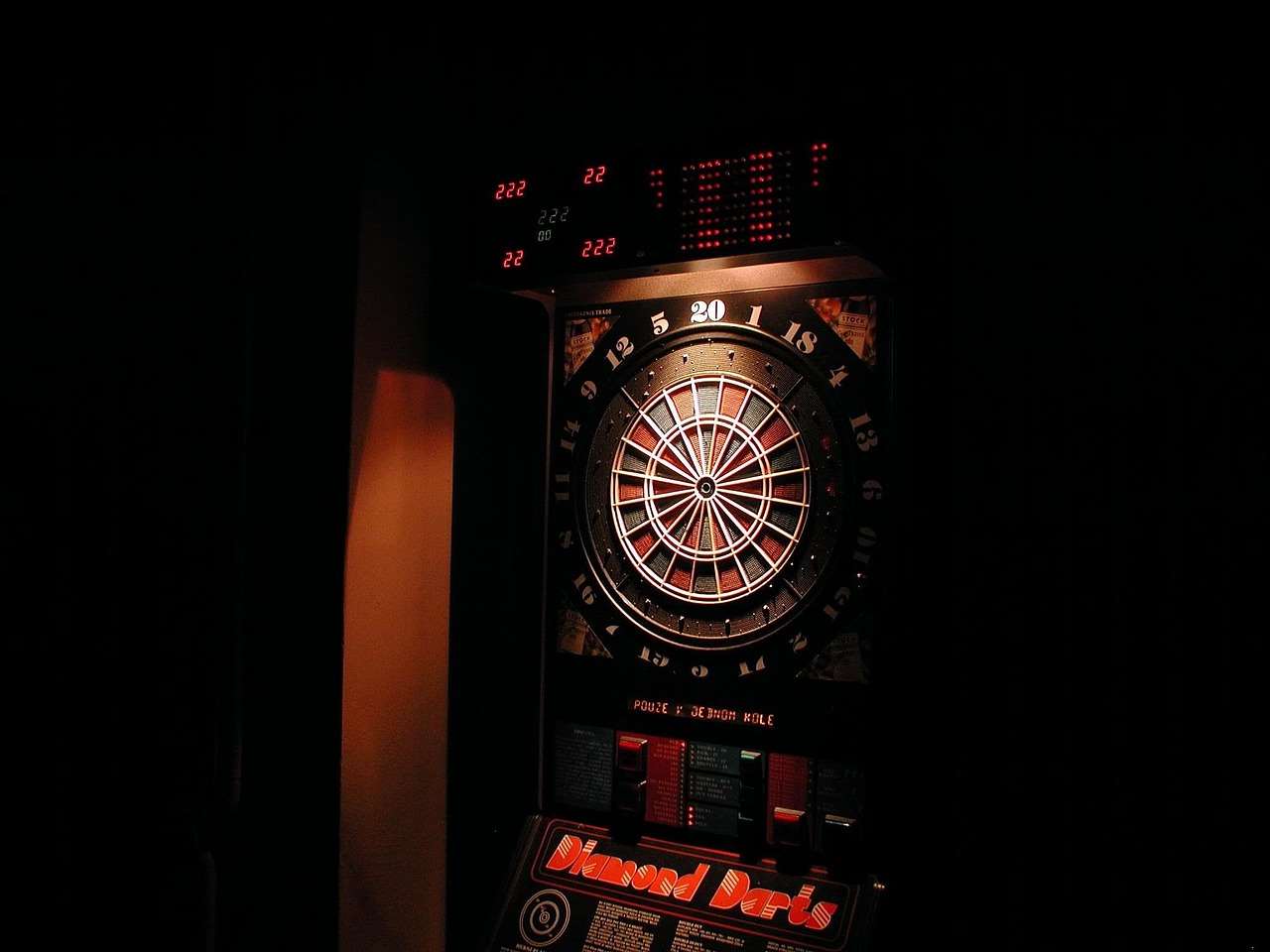
The Anatomy of a Dartboard: A Segment-by-Segment Breakdown
A typical dartboard is divided into 20 equal pie-shaped sections, radiating from the center. Within each section, there are several distinct areas that determine the point value of a thrown dart:
- Numbered Sections: These are the main areas, each assigned a number from 1 to 20. A dart landing within one of these areas scores the corresponding number.
- Double Ring: The outer ring of the dartboard is the double ring. Landing a dart in this ring doubles the score of the corresponding numbered section. For example, landing a dart in the double ring of the 20 section scores 40 points.
- Treble Ring: Located in the middle of the numbered sections is the treble ring. A dart landing in this ring triples the score of the corresponding numbered section. Hitting the treble 20 scores the maximum single-dart score of 60 points.
- Bullseye: The center of the dartboard contains two circles: the outer bullseye (also called the single bullseye) and the inner bullseye (also called the double bullseye).
- Outer Bullseye: Typically colored green, the outer bullseye scores 25 points.
- Inner Bullseye: Usually red, the inner bullseye scores 50 points and is often referred to as “bull”.
Understanding the layout and scoring of each segment is fundamental to playing darts effectively. Beginners should focus on accuracy when aiming for specific segments, rather than immediately trying for the double or treble rings.
Understanding Dartboard Numbering
The numbering system on a dartboard might seem random at first glance, but it’s strategically designed to penalize inaccuracy. Numbers are arranged so that high scores are adjacent to low scores, minimizing the impact of slight errors. For instance, the 20 is next to the 1 and the 5. This arrangement adds an element of risk and reward to the game. Learning Basic Darts Fundamentals for Beginners is a crucial first step to understanding the game.
The Logic Behind the Layout
The arrangement of numbers is not arbitrary. It is designed to ensure that missing the desired target is heavily penalized. Consider the placement of the 20. On either side of it are the numbers 1 and 5, two of the lowest scoring segments. This makes aiming accurately for the 20 all the more important, as a slight deviation can result in a significant point loss. This strategic numbering impacts gameplay and the choices players make throughout a match.
Strategic Aiming and Segment Selection
Knowing the value of each segment is one thing; using that knowledge to develop a strategic aiming plan is another. Skilled dart players don’t just aim randomly; they carefully consider which segments to target based on the current score, the remaining darts, and their overall game plan. Understanding the **scoring system** is fundamental to adopting the proper tactics.
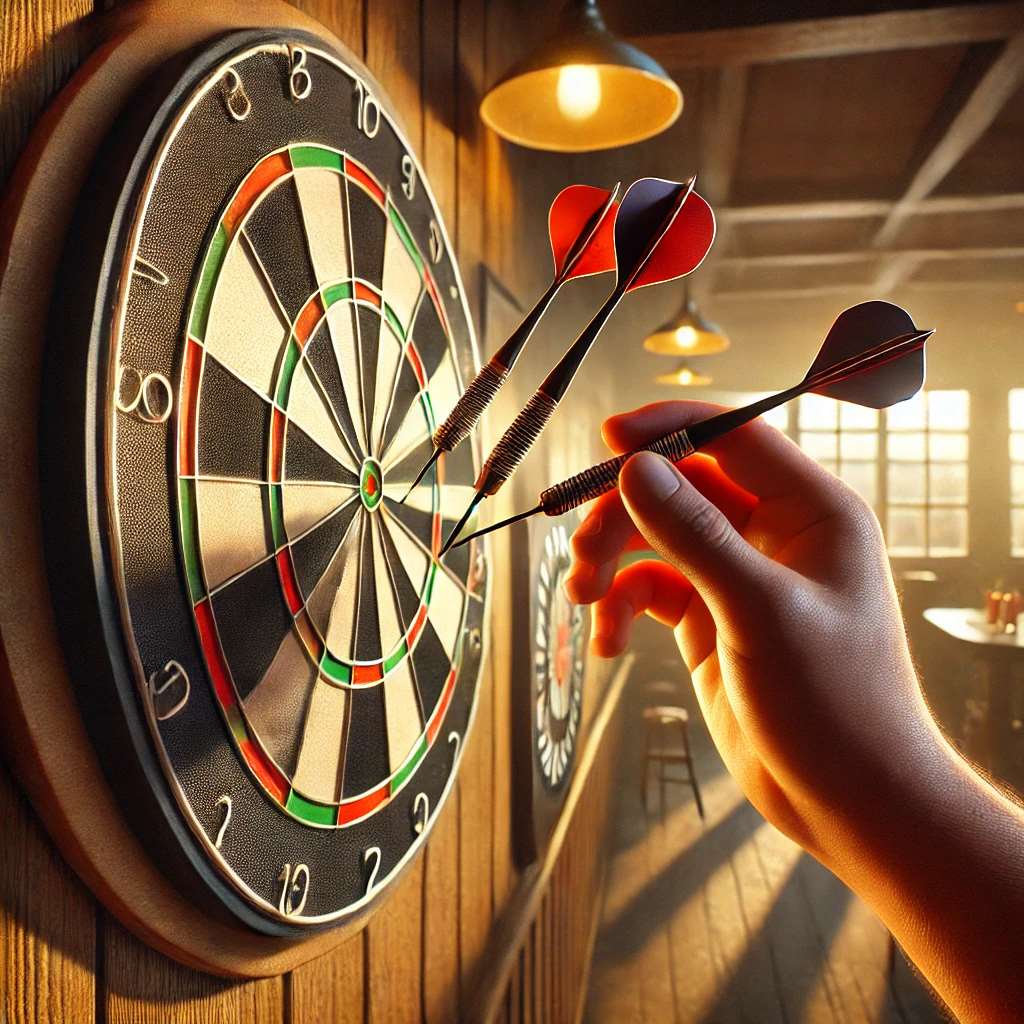
Maximizing Your Score with Segment Selection
Several factors influence optimal segment selection. If you’re playing a game of 501, your target segments will change as you get closer to the finish. Early in the game, focusing on the treble 20 is a common strategy for quickly reducing your score. However, as you approach the end, you’ll need to switch to aiming for specific doubles to achieve the required checkout. Moreover, the simplified 501 game rules for novice players can help new players adapt to the game quickly and understand how segment selection impacts the final score.
For example, if you need 32 to win, aiming for the double 16 is the obvious choice. However, if you need 40, hitting the double 20 is the way to go. Understanding these relationships and quickly calculating the best possible route to victory is a key skill for any serious dart player. Aiming for high-value segments consistently is a trait of experienced players.
The Importance of the Bullseye
The bullseye, particularly the inner bullseye, is a critical segment on the dartboard. Scoring 50 points, it’s a valuable target for both reducing a score quickly and finishing a game. However, it’s also a smaller target than many of the numbered segments, requiring a high degree of accuracy.
Utilizing the Bullseye in Your Strategy
While the treble 20 offers a higher single-dart score (60 points), the bullseye provides a consistent 50 points and can be a reliable option when precision is paramount. Many players incorporate the bullseye into their checkout strategies, especially when they have an odd number to finish. If you have 51 remaining, for instance, hitting the bullseye leaves you with 1 to be covered by the double 1. The bullseye target is a focal point for many aspiring dart players.
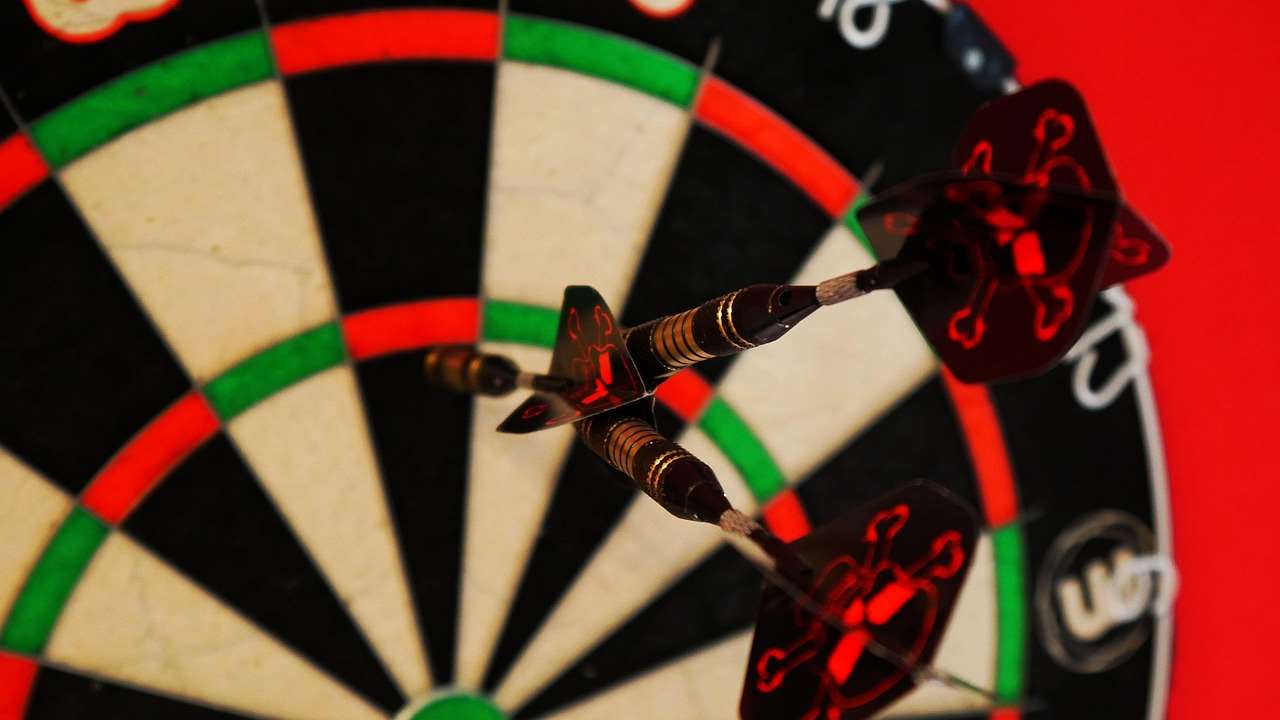
Different Types of Dartboards
While the standard dartboard layout remains consistent, there are different types of dartboards available, each with its own characteristics. These include:
- Bristle Dartboards: Made from tightly packed sisal fibers, bristle dartboards are the most common type used in professional and recreational play. They offer excellent durability and self-healing properties.
- Electronic Dartboards: These dartboards feature electronic scoring and are often used in home settings. They typically have plastic segments and require the use of soft-tip darts.
- Paper Dartboards: The least expensive option, paper dartboards are suitable for casual play but are not as durable as bristle or electronic dartboards.
Advanced Segment Strategies
Beyond the basics, advanced dart players employ sophisticated strategies involving multiple segments and calculated risks. These strategies often involve setting up future throws and manipulating the score to create favorable finishing opportunities.
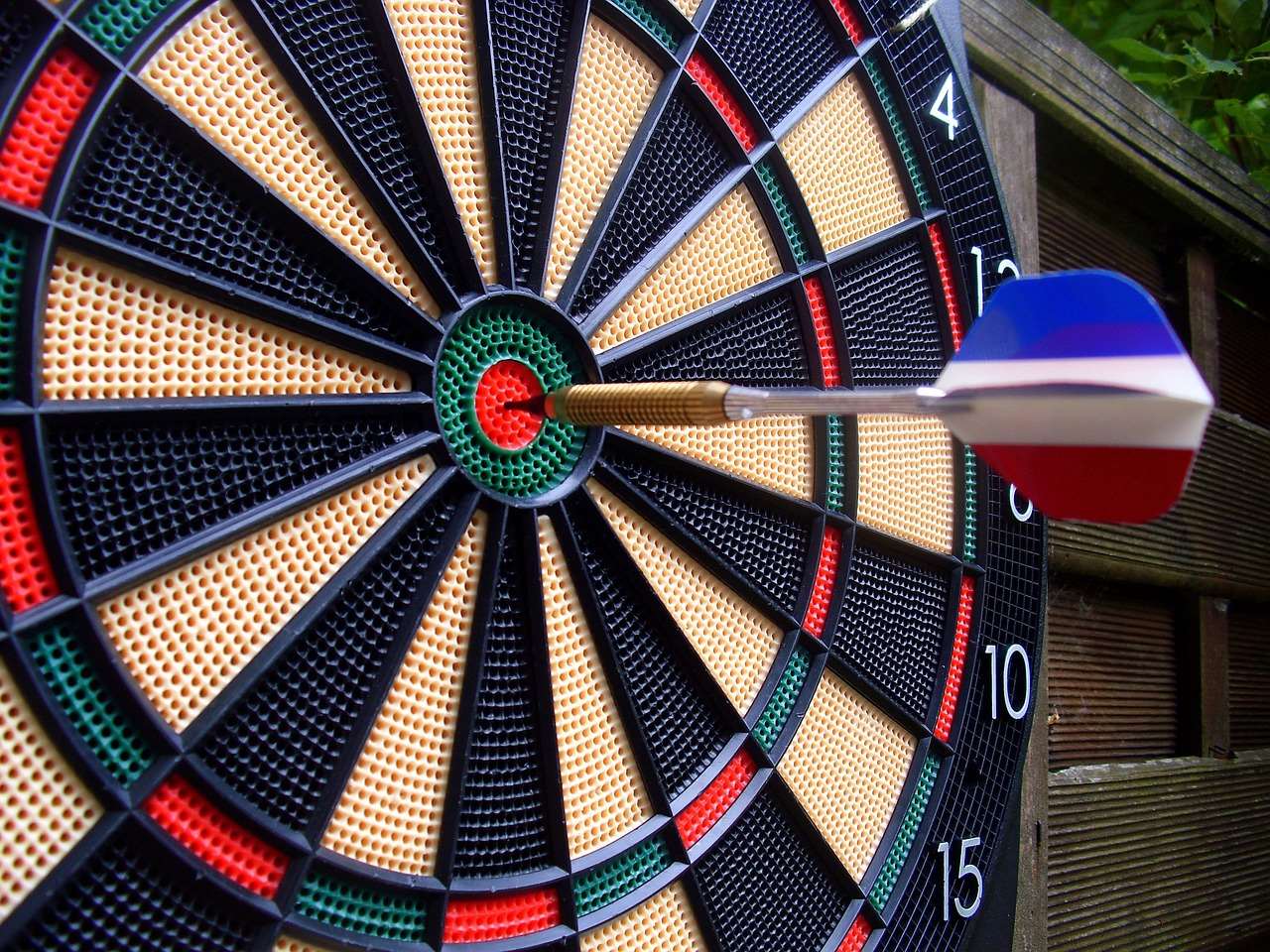
Double Trouble and the Psychology of Segment Selection
The “double trouble” strategy involves intentionally leaving yourself with a score that requires hitting a double on your next throw. While risky, this can put pressure on your opponent and force them to make mistakes. Choosing the right double is crucial, as some doubles are considered easier to hit than others. For instance, the double 20 and double 16 are often preferred due to their proximity to other high-scoring segments. Knowing how to make darts fairer with handicap rules can also be an advanced strategic element in competitive games.
Practicing Segment Accuracy
Mastering the different segments on a dartboard requires consistent practice. Dedicate time to specifically targeting different areas of the board, focusing on accuracy and consistency. Use practice drills to improve your ability to hit specific doubles, trebles, and the bullseye.
Effective Practice Drills
Here are a couple of practice drills to help you improve your segment accuracy:
- Around the Clock: Start by aiming for the 1 segment, then the 2, then the 3, and so on, until you’ve hit all 20 numbers in sequence. This drill helps improve your overall accuracy and consistency.
- Doubles Practice: Focus specifically on hitting doubles. Choose a double to target and throw multiple darts at it until you consistently hit it. Repeat with different doubles to master them all.
Conclusion: Mastering the Segments on a Dartboard
Explaining ‘segments’ on a dartboard is essential for any dart player looking to improve their game. Understanding the value of each segment, the strategic layout of the board, and the importance of accurate aiming will help you develop a winning strategy. By practicing regularly and focusing on specific areas of the board, you can master the art of segment selection and achieve consistent scoring. Now that you understand the different sections, start practicing today and elevate your dart game to the next level. Consider experimenting with fun dart game variations with modified rules to further enhance your skills and enjoyment of the game.
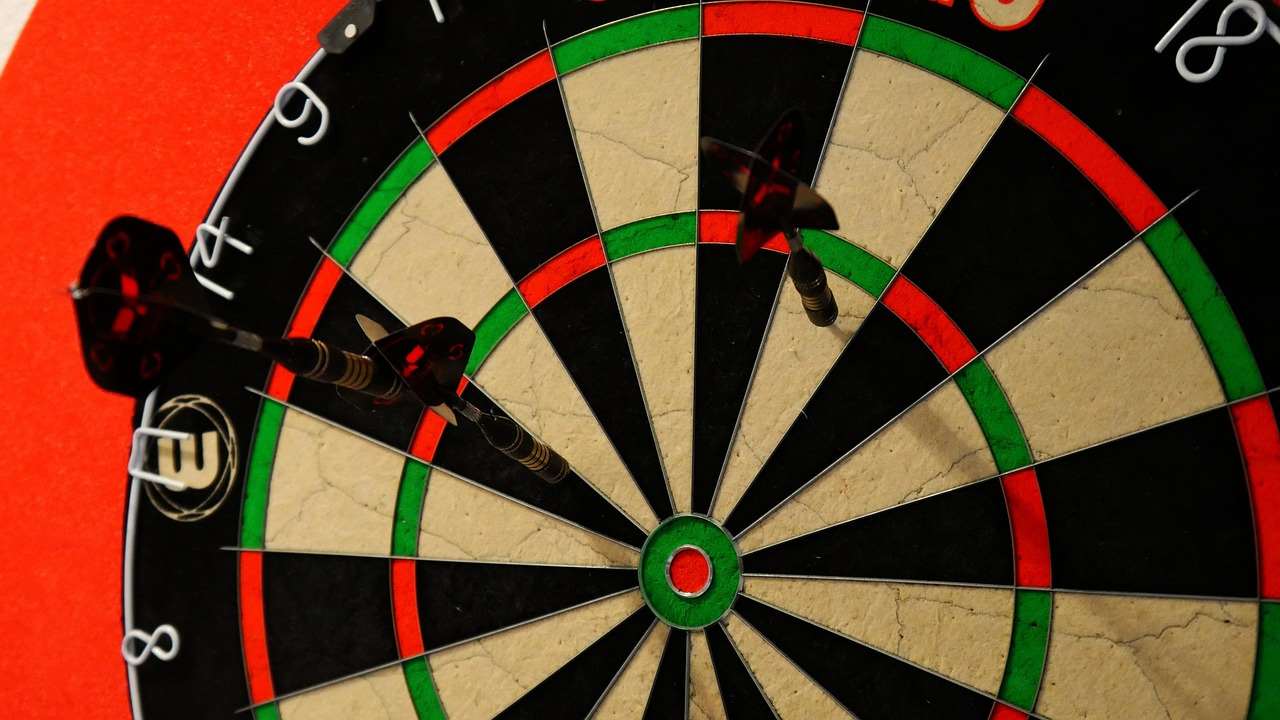
Hi, I’m Dieter, and I created Dartcounter (Dartcounterapp.com). My motivation wasn’t being a darts expert – quite the opposite! When I first started playing, I loved the game but found keeping accurate scores and tracking stats difficult and distracting.
I figured I couldn’t be the only one struggling with this. So, I decided to build a solution: an easy-to-use application that everyone, no matter their experience level, could use to manage scoring effortlessly.
My goal for Dartcounter was simple: let the app handle the numbers – the scoring, the averages, the stats, even checkout suggestions – so players could focus purely on their throw and enjoying the game. It began as a way to solve my own beginner’s problem, and I’m thrilled it has grown into a helpful tool for the wider darts community.